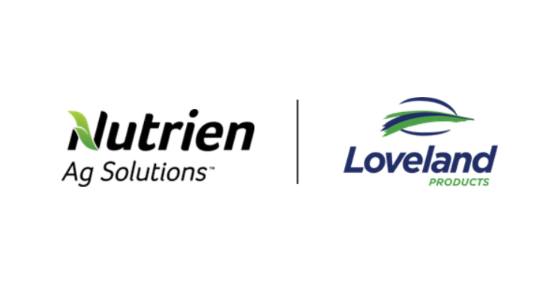Yara Celebrates 75 Years in North America
Yara North America is celebrating its 75th anniversary as a leading crop nutrition solutions provider, working toward a mission to responsibly feed the world and protect the planet. For the past 75 years, Yara has helped farmers in North America produce better, healthier crops through nutrition fertilizers, industrial products and digital farming tools.
Yara’s crop nutrition solution approach is centered around supporting grower profitability through efficient nutrient application to grow their best crop, while also protecting the environment by promoting proven 4R Nutrient Stewardship Practices. Over the years, Yara has made a number of contributions to the industry, most notably introducing YaraLiva Calcium Nitrate in 1946, and the launch of a patented micronutrient coating technology, YaraVita PROCOTE, in 2018. Both of these products are cornerstones of Yara’s portfolio, along with a homogenous nitrogen and sulfur product, YaraVera AMIDAS, as well as the YaraVita foliar nutrition line. In addition to the most comprehensive crop nutrition portfolio in the industry, the organization’s commitment to the future has sparked a focus on digital farming tools to enhance grower practices across all aspects of the cropping system. Such digital tools include the launch of the Farm Water Advisor App, which is a newer innovation to help growers better manage their irrigation, and Atfarm, a remote crop monitoring tool that uses satellite images and is currently under development.
“Since 1946, Yara North America has been committed to being the crop nutrition company of the future, and we’re extremely proud of all of the significant strides that we’ve made within the industry. In 1946 our export of fertilizer to the U.S. helped rebuild a war-torn Norway as well as create an offtake market for U.S. crops on the return. Being a core contributor to the food value chain has always been our DNA,” said Magnus Ankarstrand, President of Yara North America. “We’ve continued to invest in research and development for different crop nutrition solutions and sought ideas for creating new digital tools to improve practices, and we look forward to continuing to build and share our knowledge for the betterment of our industry and world.”
In 2019, Yara established two Incubator Farms in Auburn, AL, and Modesto, CA, and in 2020 opened a third in Saskatoon, SK as centers for research on field-scale soil fertility and crop nutrient management in collaboration with various partners, customers and technology providers. By utilizing large, multi-acre plots to gather many layers of data on every aspect of the cropping system, Yara has been able to explore, refine and share knowledge among the industry in order to make advances in crop nutrition.
Other significant investments Yara has made in North America include the 2018 opening of a world-scale Ammonia plant in Freeport, TX, in partnership with BASF, and the 2008 acquisition of Yara Belle Plaine, a world-scale nitrogen production facility. “It is important to us to work alongside partners in the whole food value chain to develop more efficient, effective and climate-friendly crop nutrition solutions,” said Ankarstrand. “The more ways we can collaborate on innovative solutions, the closer we are to creating a more sustainable, healthier world while still supporting farmer profitability.”
With the world population continuing to grow, the planet will be at 9 billion people by 2050. At that time, farmers will need to make 60% more food on the same area of land. Globally Yara recognizes the importance of solving this problem, with a goal of reducing the company’s carbon footprint to zero by 2050 — tying into their mission of responsibly feeding the world and protecting the planet. In order to achieve climate change goals for agriculture and food supply, Yara has been actively lowering CO2 emissions in the manufacturing process and educating farmers to improve nutrient use efficiencies.





